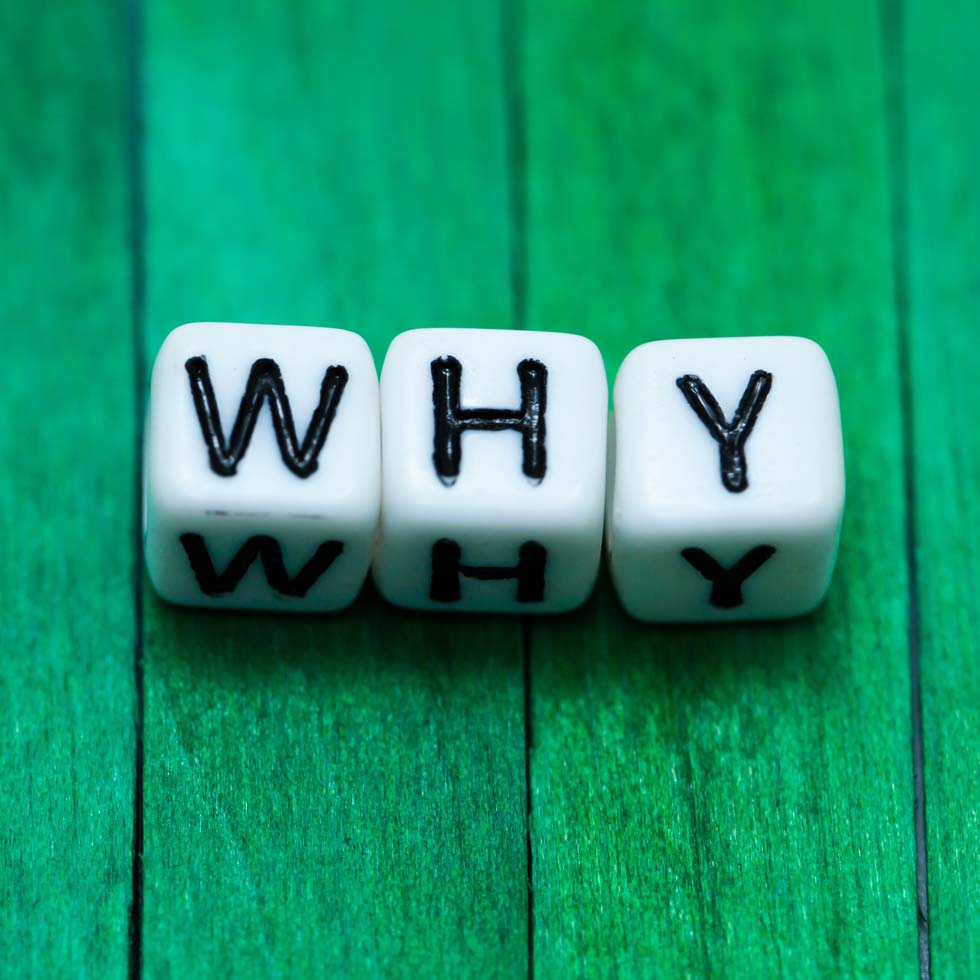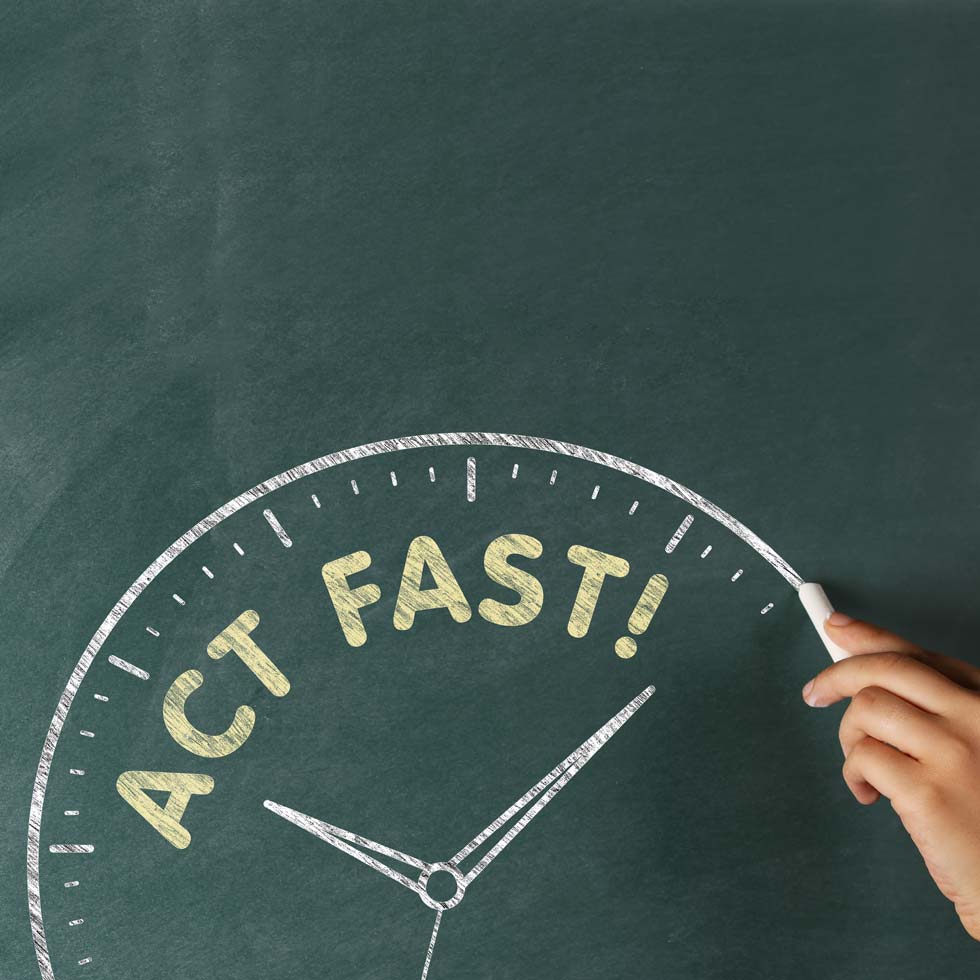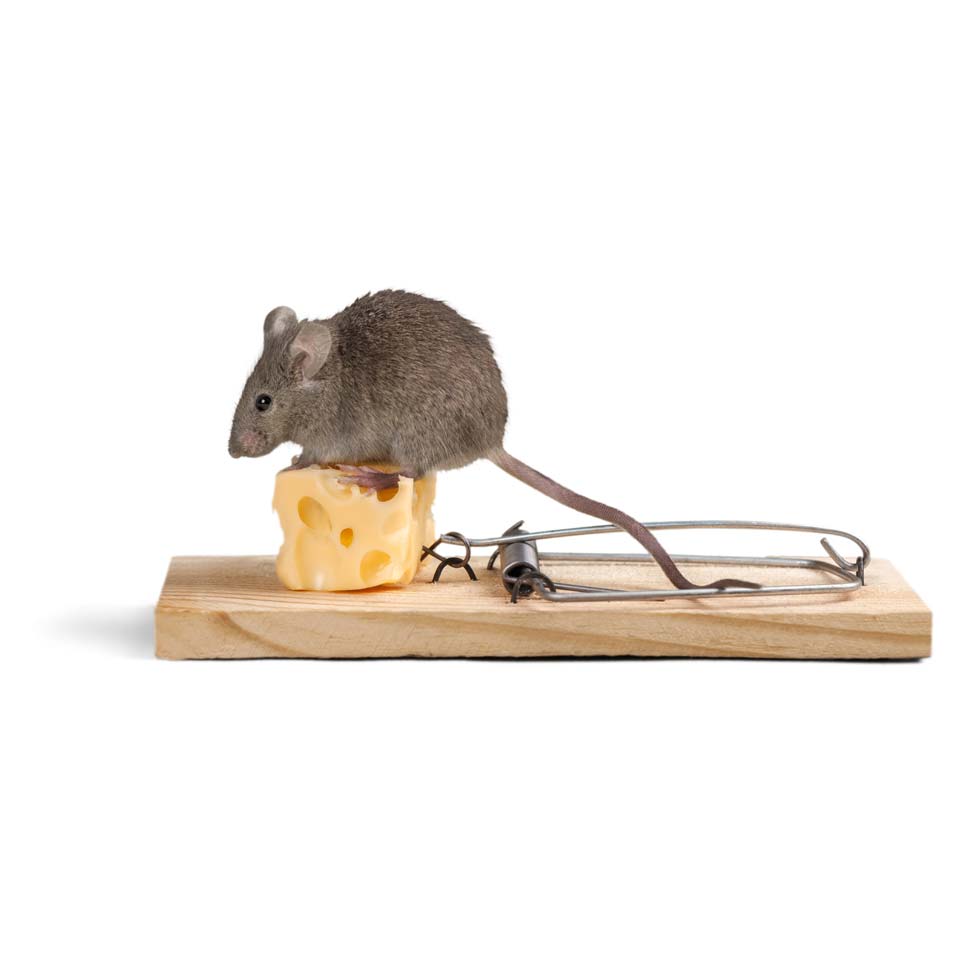Provisional Patent Applications: What You Need To Know, Part 17
How Much Does It Cost To File A U.S. Utility Patent Application? The answer to this question depends on the size of the entity filing, who is drafting and filing the U.S. Utility patent application, and the details of the U.S. utility patent application itself. USPTO Fees: The USPTO fees for filing a U.S. utility patent application depend on the size of the business (entity) who owns the U.S. utility patent application. The general filing fees are as follows: $1,600 for a large entity (generally over 500 employees), $800 for a small entity (generally less than 500 employees), or $400 for a micro entity (generally university owned or licensed, non-profit, or where each inventor has filed less than 4 U.S. patent applications). The Details Of the Patent Application Itself: USPTO fees can increase based on many factors, including expedited fees, number of pages, number and type of claims, and how the application was filed. Patent Attorney Fees: If you hire a U.S. patent attorney or a U.S. patent agent to draft and file your U.S. utility patent application, then they usually list their service fees separately from the USPTO fees. According to the American Intellectual Property Law Association (AIPLA) 2015…









